
How we see WillowWood School
Compare with:
How WillowWood School sees itself
"AN INDEPENDENT SCHOOL FOR ALL LEARNERS. WillowWood has a culture that empowers students to thrive in a tech-driven world. Our friendly and supportive teachers create individualized learning plans and deliver them in a safe, respectful, and inclusive community. This individualized approach ensures that students are able to discover and embrace their strengths, address their weaknesses, and maintain their dignity."
"WillowWood staff employ a team-based approach to teaching and conduct regular educational strategy meetings to discuss how best to deliver the curriculum to individual students. These meetings occur bi-weekly and their aim is to discuss teaching methods that worked or did not work with certain students. The meetings are also an opportunity to share insights and information about our various students that will hopefully provide our staff with a better understanding of our learners."
"Word of mouth has been our primary source of referrals for as long as WillowWood has been open. Parents often decide to enroll their child with us upon hearing positive anectodes and reviews from neighbours, friends an alumni. The primary reason for choosing us is often because of the warmth, friendliness, and individual care students receive at WillowWood."
"When parents visit WillowWood, they are often shocked by how large the school is and surprised by the range of amenities we offer. Many schools that have small class sizes are not full facilities. WillowWood features a full-sized gymnasium, a fitness room, a media arts room, an art studio, a sound-proofed music room, a fully-equipped science lab, and a film studio. Our playground has giant board games, checkers/chess tables, table tennis tables, and a full-sized basketball court."
"Some parents are surprised by the fact that students address teachers by their first names at WillowWood. We do this to make students feel more comfortable in their classroom engagements with their teachers. We want students to feel less anxious when addressing their instructors or when they ask for help. We want to convey the feeling that teachers and students at WillowWood are on the same team."
WillowWood School operates summer camps and programs. Click here to learn about WillowWood School Camp and Summer School .


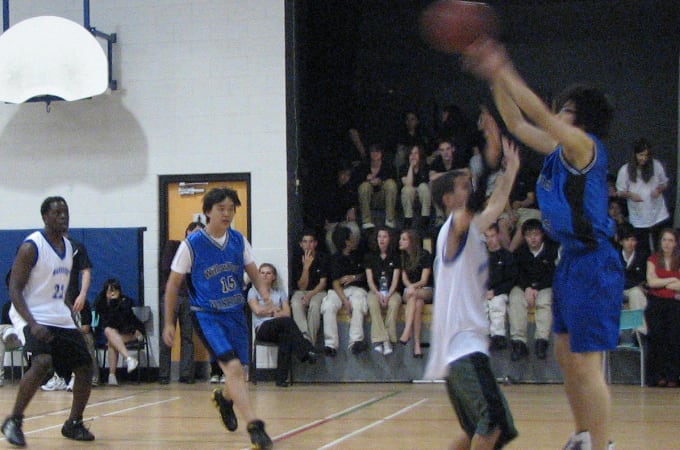
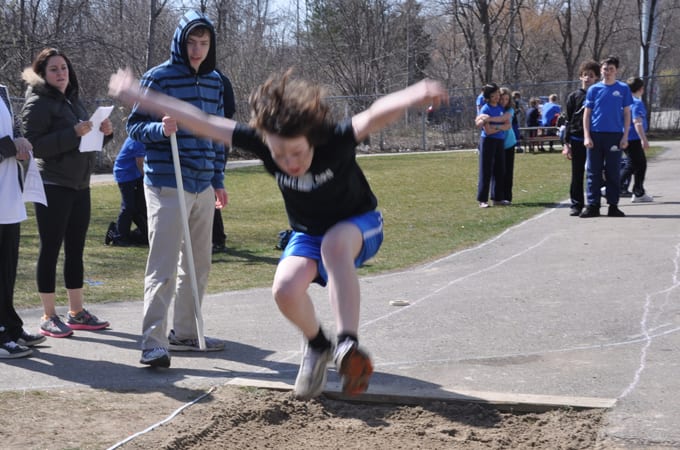











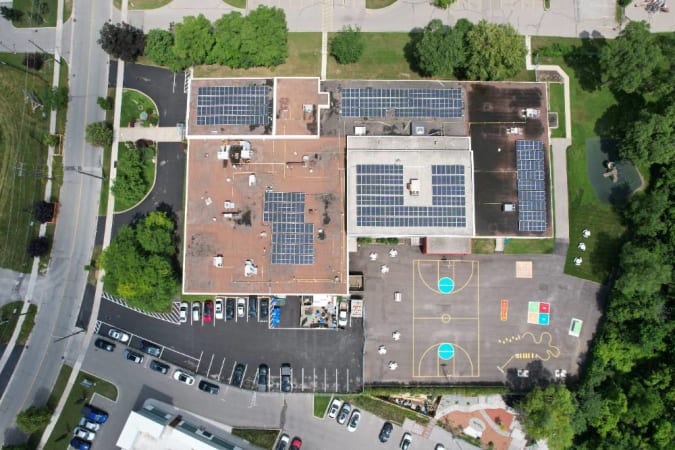
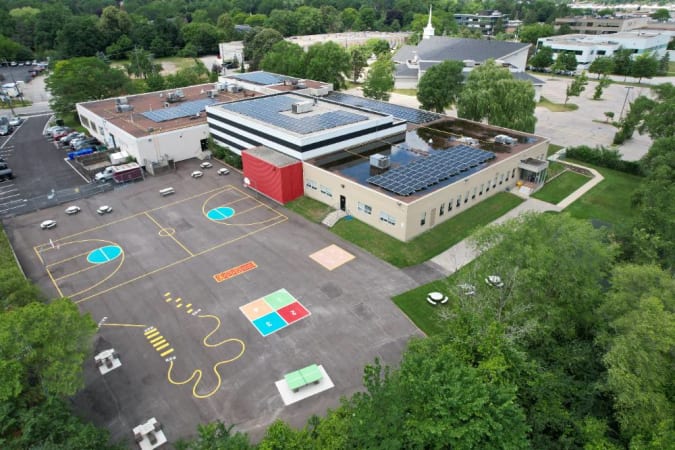




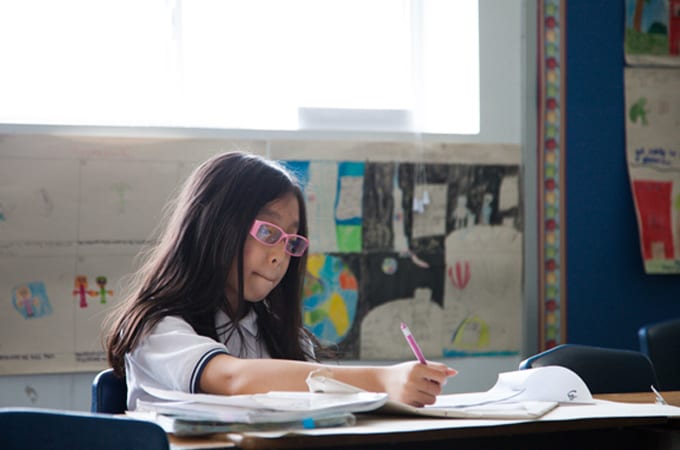




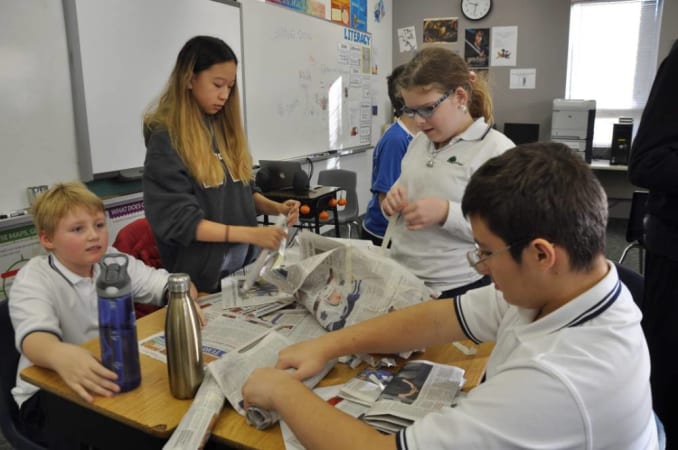
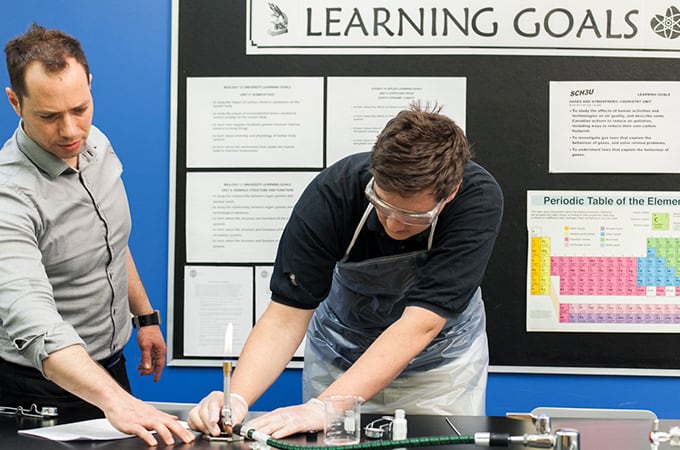




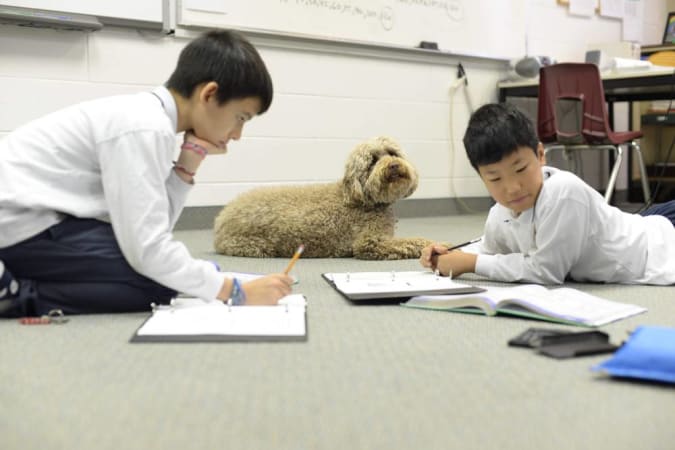

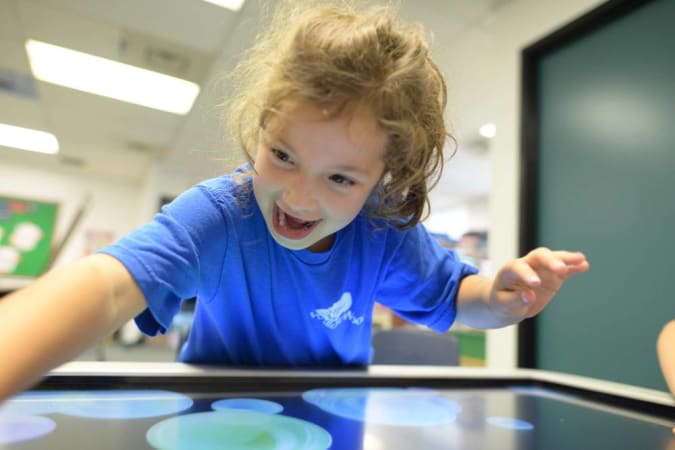











How people from the school’s community see WillowWood School
Top-down influence on the school’s direction and tone

Joy Kurtz, Director
When visitors walk into the building for the first time they often remark on the special feeling the school has.
That feeling (which I call magical) is a combination of the history and philosophy of the school, the energy of the staff, and the spirit of the students.
When I founded this school it was based on the belief that learning can and should be fun and that school should be a positive and rewarding experience.
We know that one size does not fit all and that students flourish when their school embraces their strengths, addresses their needs and respects their dignity. My staff and I have been successfully delivering student-centred, individualized education in a warm and caring environment for over 30 years.
That's the magic we make at WillowWood.
If your family is seeking a new style of school with a strong history of inspiring students, come by for a visit. I'd love to meet you.
- Joy Kurtz, Director
Most big schools provide your extroverted child with plenty of social opportunities and the ability to interact with different peer groups with a wide range of personalities, interests, values, etc. A larger student population and more extracurriculars—including activities like team sports, arts programs, and debate—will give them a broader scope of opportunities to participate in events that scratch their interpersonal itch. “This may also give them the opportunity to hone certain skills,” say Ann and Karen Wolff of Wolff Educational Services. “For instance, they might run for student council to develop leadership and public speaking skills and learn to be a voice for other students.”
Make sure any prospective school, no matter what size, provides the right social environment to help your child feel at home, make friends, and develop confidence. This is especially important at big schools, which are sometimes more socially overwhelming and challenging for an introvert to find their bearings in. Of course, “Because larger schools usually have a more diverse student population, introverted kids are more likely to find a small group of people like them, a peer group they can relate to and find acceptance from,” says Dona Matthews, Toronto-based education consultant and co-author (with Joanne Foster) of Beyond Intelligence.
Bigger schools often have a broader scope of extracurricular activities, which is another way to help your child meet the right group of friends. “This may also give them the opportunity to develop certain skills,” say Ann and Karen Wolff of Wolff Educational Services. “For instance, they might run for student council to develop leadership and public speaking skills and learn to be a voice for other students. Remember, though, each child is different—so what works for one may not work for another.”
THE OUR KIDS REPORT: WillowWood School
Next steps to continue your research:
Continue researching WillowWood School with OurKids.net, or visit school website.